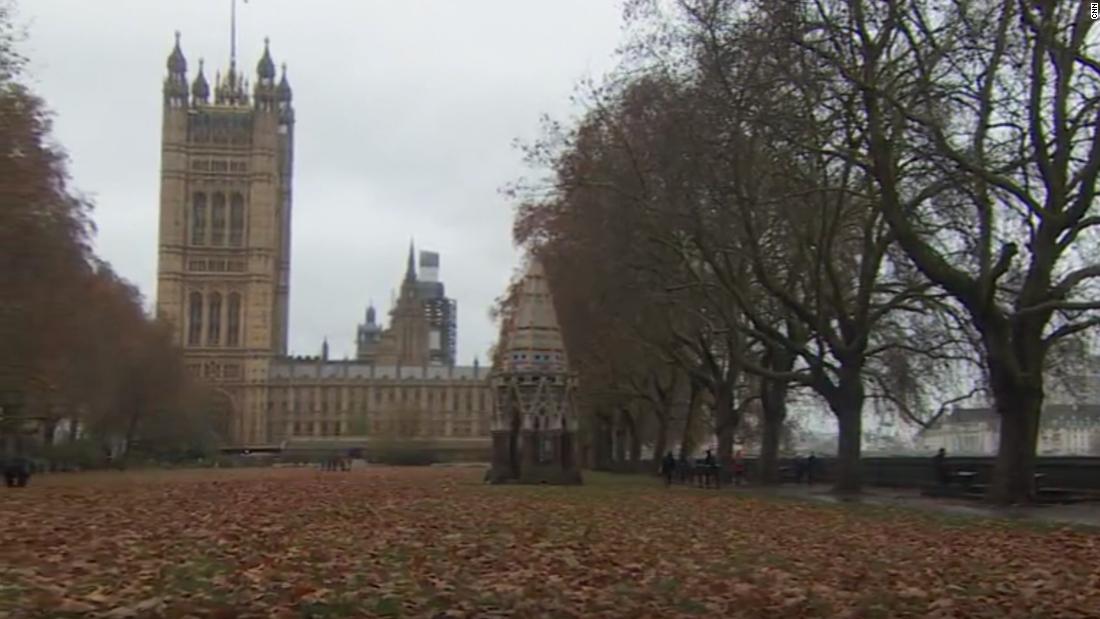A COUPLE say their view has been ruined by a neighbour’s hedge which is 11foot tall and it towers over their garden.
Charles and Josephine Baillie claim their lives are being made a misery by the 11ft hedge owned by Stuart Jenkins and Elina Zvejniece in Bannockburn, Stirling.
Pressteam ScotlandPhoto shows the 11ft hedge which the Baillies say is blocking their view[/caption]
Pressteam ScotlandStirling Council has ruled the hedge doesn’t need cutting back[/caption]
The Baillies, who have lived in their home for 44 years, said previous owners of the neighbouring property had maintained the hedge.
But they said their property is being ruined by the hedge and causing them to lose views over the Ochil Hills.
The couple, who are both in their 70s, applied to Stirling Council under high hedge laws and asked for the hedge to be trimmed to 6.5ft.
But the council ruled the hedge was not impacting their property, was regularly maintained and offered their neighbours’ privacy.
The decision has now been appealed to the Scottish Government.
Mr Baillie said: “From this decision of Stirling Council not to grant a high hedge notice, the sale value of our property will be considerably reduced should we decide to sell the property in the future.
“Both my wife and I are over 70 and have continued health issues.
“This decision by Stirling Council has caused both my wife and I considerable stress and will cause physical hardship attempting to maintain our side of this hedge even at its present height.”
Know Your Rights
Anyone considering applying for a high hedge notice must have tried to settle the issue with their neighbour before making an application.
If a local authority receives an application where there is no evidence that the applicant has tried to do this, they must reject it.
Usually the first step for an applicant to take is to discuss the issue with their neighbour to try to settle the problem amicably.
They should keep records of all attempts to settle the issue, for example, a diary of conversations held or a series of receipts for postage, and should include these with their application.
A definition of ‘reasonable steps’ to try to settle the matter without referring the case to the local authority would be two formal approaches to the neighbour within a six-month period before applying for a high hedge notice.
The applicant should keep a copy of any letters they have sent to their neighbour, with a record of their delivery, as the local authority will normally ask to see these letters as reasonable evidence of the applicant’s own attempts to settle the dispute.
Another option for settling high hedge disputes without involving the local authority is mediation.
People may contact their local authority informally to discuss a possible application.
An application for a high hedge notice can only be made under the Act for a hedge which is a high hedge.
In Scotland a high hedge is considered to be more than 2 metres tall from ground level.
Jenkins insisted he maintained the hedge but also enjoyed the privacy it offered.
In a letter, he said: “I can confirm that we will carry out annual maintenance on the hedge to keep it within the current range.
“It was never our intention to be difficult about the hedge height, we just really value the privacy the hedge gave us in our back garden.”
Ruling the hedge did not need trimmed, the council said: “The current hedge height is not considered to have a negative impact on the light levels to garden and house nor the occupant’s enjoyment of their property.
“Any reduction in hedge height would reduce the privacy of the hedge owner, as the property would be overlooked.”
A government reporter will issue a decision in due course.
Pressteam ScotlandStuart Jenkins says they value the privacty the hedge provides[/caption] Published: [#item_custom_pubDate]















































































































